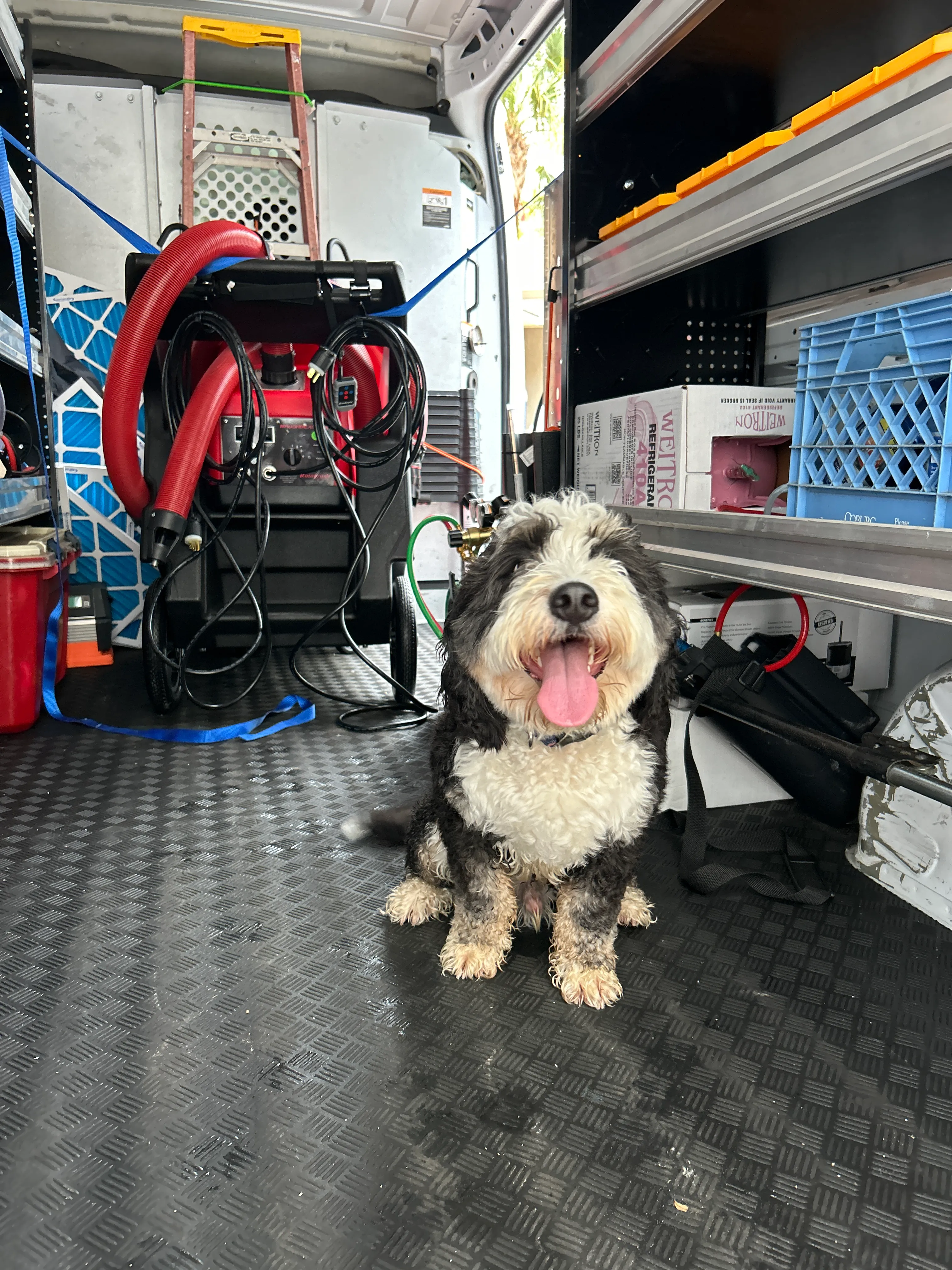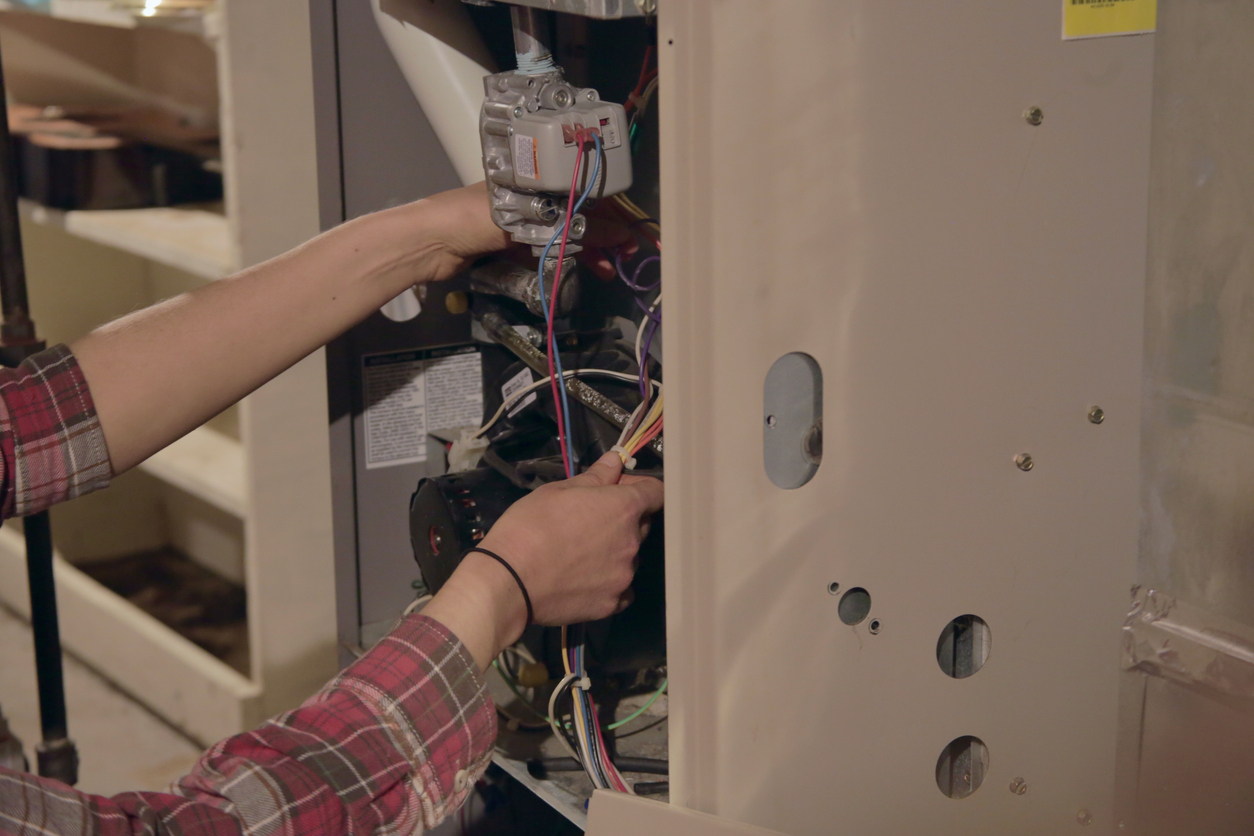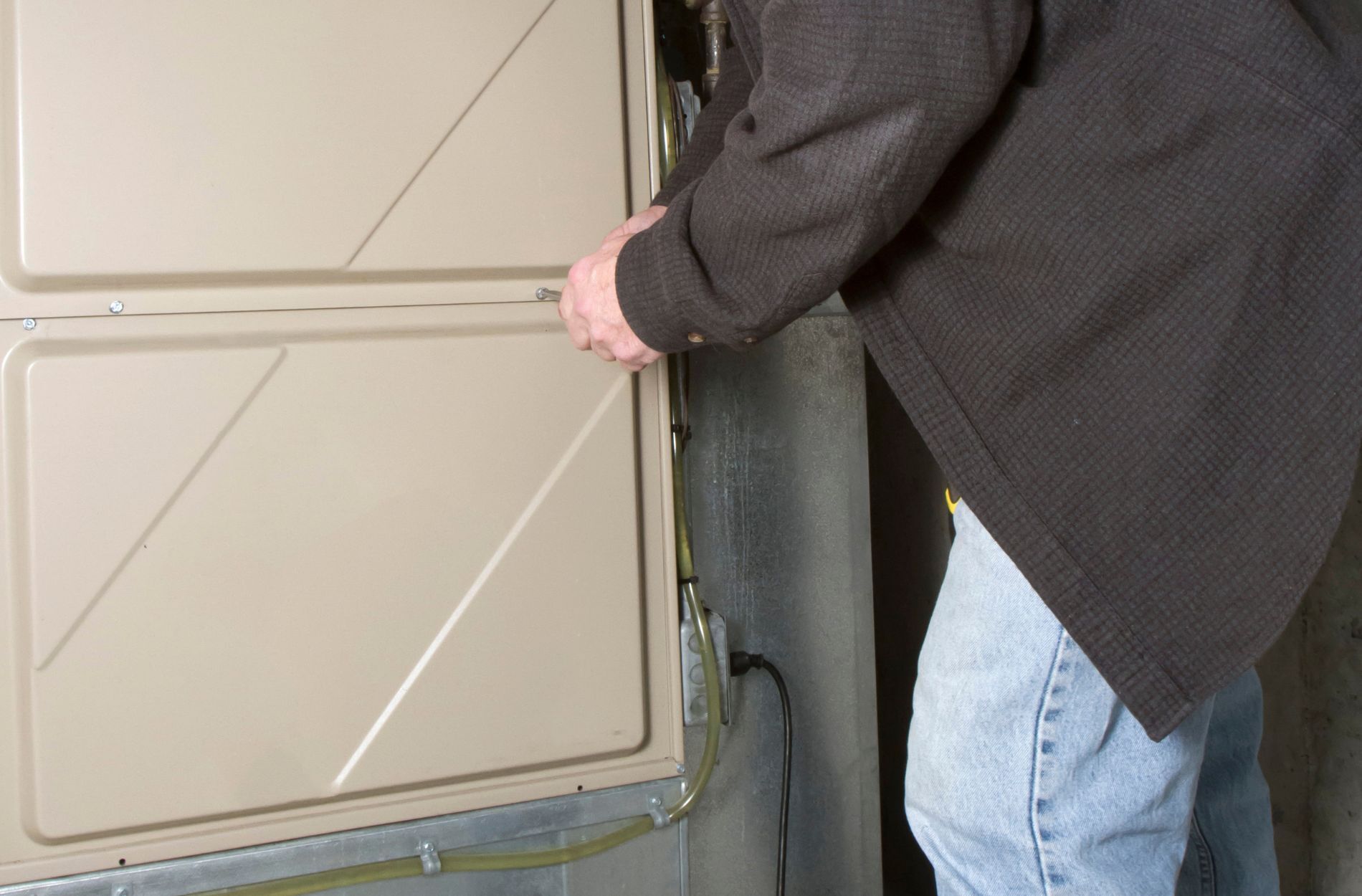
Key Factors to Consider When Selecting an HVAC System for Your Low Country Home
Keeping your home comfortable in the Low Country is a unique challenge. Our region is known for its beautiful landscapes, but also for its hot, humid summers, mild winters, and the constant presence of salt air, intense sun, and allergens like pollen and sand. Your home's heating and cooling system works harder here than in many other parts of the country.
Choosing a new HVAC system is a significant investment in your comfort, energy bills, and indoor air quality. It's not a decision to be rushed. To ensure you select the best system for your specific needs and the Lowcountry climate, here are the key factors you must consider.
Why the Low Country Climate Demands Specific HVAC Attention
Before diving into system specifics, it’s vital to understand why the Low Country climate requires careful consideration. The high heat and persistent humidity stress HVAC components year-round. Salt air from the coast can accelerate corrosion on outdoor units. Intense sun exposure heats homes quickly, demanding robust cooling. Plus, the abundance of pollen and fine sand means air filtration is more critical for healthy indoor air. Ignoring these factors can lead to premature system failure, high energy bills, and inadequate comfort, especially concerning humidity control.
1. Proper Sizing: It's Not Just About Square Footage
One of the most critical steps is ensuring your new system is properly sized for your home. This isn't as simple as looking at square footage. A professional HVAC technician performs a "load calculation," often using industry standards like ACCA Manual J. This calculation considers factors like:
- The size and layout of your home
- The amount and type of insulation
- Window size, type, and orientation
- Air infiltration (how leaky your home is)
- The number of occupants
- Specific climate data for your area
Why is this so important in the Low Country? An oversized system, a common mistake, might cool your home quickly, but it won't run long enough to effectively remove humidity from the air. This leaves you with a cold, clammy feeling, even if the thermostat setting is low. An undersized system, conversely, will run constantly and struggle to keep up on the hottest days, leading to discomfort and excessive wear. Proper sizing ensures the system cycles correctly to manage both temperature and humidity.
2. Energy Efficiency: SEER, HSPF, and What Matters Most Here
HVAC systems have efficiency ratings that indicate how much energy they use to heat or cool.
- SEER (Seasonal Energy Efficiency Ratio): Measures cooling efficiency. A higher SEER rating means the system uses less electricity for the same cooling output.
- HSPF (Heating Seasonal Performance Factor): Measures heating efficiency, primarily for heat pumps. A higher HSPF rating means more heating output for less electricity.
- AFUE (Annual Fuel Utilization Efficiency): Measures the efficiency of gas furnaces (less relevant in the Low Country unless you have a dual-fuel system).
In the Low Country, where cooling and dehumidification are needed for a significant portion of the year, the SEER rating is paramount. While minimum standards exist (currently 14 SEER), investing in a system with a higher SEER (16, 18, or even 20+) can lead to substantial savings on your electricity bills over the system's lifespan. Many higher SEER systems also incorporate advanced features like variable-speed compressors, which are excellent for both maintaining consistent temperatures and enhancing humidity removal.
3. Budgeting and Long-Term Investment
The upfront cost of a new HVAC system in the SC Low Country typically ranges from approximately $8,000 to $15,000, though this can vary based on system size, type, brand, efficiency rating, and the complexity of the installation. A standard system might average around $8,000.
While it's tempting to choose the lowest-priced option, consider this an investment. A more energy-efficient system, while potentially having a higher initial cost, will likely save you money on energy bills for the 15-20 years or more that it operates. Factor in potential rebates or tax credits for high-efficiency equipment, which can help offset the initial price difference. Discussing a system's estimated annual operating cost with your HVAC professional can help you weigh the long-term value.
4. Selecting the Right System Type
Several types of HVAC systems are suitable for Low Country homes, each with pros and cons:
- Split Systems: The most common type, with an outdoor unit (air conditioner or heat pump) and an indoor unit (furnace or air handler). Versatile and effective for homes with existing ductwork. Heat pumps are popular here as they provide both heating and cooling efficiently.
- Ductless Mini-Split Systems: Ideal for additions, garages, or homes without existing ductwork. They allow for zoned temperature control, which can be very energy-efficient and excellent for controlling humidity in specific areas.
- Packaged Units: Self-contained units typically located outdoors or on the roof, common in some commercial buildings or homes without space for split systems.
Your home's structure, existing infrastructure, and specific needs will help determine the best system type.
5. Assessing Your Home's Existing Infrastructure
A brand new, highly efficient HVAC system won't perform optimally if your home's 'bones' aren't up to par.
- Ductwork: Leaky or improperly sized ductwork can lose up to 30% of your conditioned air before it reaches your rooms. In the Low Country's humid climate, leaky supply ducts in unconditioned spaces (like attics or crawl spaces) can even pull moist air into the system. Have your ductwork inspected for leaks and proper sealing.
- Insulation & Air Sealing: Adequate insulation in walls, attics, and crawl spaces, along with proper air sealing, is crucial for maintaining consistent temperatures and humidity levels. Upgrading insulation before replacing your HVAC system can potentially allow you to install a smaller, less expensive system and reduce overall energy consumption.
6. Essential Features for Low Country Comfort
Beyond the basic function, certain features are particularly beneficial in our region:
- Enhanced Dehumidification: Look for systems with advanced dehumidification modes or consider adding a whole-home dehumidifier. This is vital for comfort and preventing mold growth.
- Advanced Filtration / IAQ Solutions: High-MERV filters, UV lamps, or whole home air purifiers can help manage pollen, mold spores, dust mites, and other allergens prevalent in the Low Country air.
- Coastal-Rated Equipment: If you live close to the coast, ask about systems or components designed to resist corrosion from salt spray.
7. The Indispensable Value of a Local Professional
Choosing the right system requires expertise that goes beyond reading online guides. A qualified local HVAC professional understands the specific building codes, climate challenges, and common home types in the Low Country (Bluffton, Hilton Head, Charleston, etc.). They will perform the essential load calculation, assess your existing home infrastructure, recommend systems best suited for local conditions, and ensure proper installation – which is key to system performance and longevity, especially with the risks posed by salt, sand, and humidity.
Your Low Country HVAC Selection Checklist
Keep these key factors in mind as you explore your options:
- Does the professional perform a proper load calculation (Manual J)?
- Is the system sized correctly for your home's specific needs?
- What are the SEER and HSPF ratings, and how do they align with your energy savings goals?
- Have you considered the long-term costs vs. the upfront price?
- Is the system type (split, heat pump, ductless) appropriate for your home and lifestyle?
- Have your ductwork and insulation been assessed?
- Does the system or plan include robust dehumidification?
- Are there options for improved indoor air quality/filtration?
- Is the equipment suitable for coastal conditions if applicable?
- Are you working with a reputable, local HVAC company experienced in the Low Country climate?
Conclusion
Choosing an HVAC system for your Low Country home is a decision that impacts your comfort, health, and finances for years to come. By focusing on proper sizing, energy efficiency (especially SEER), considering the unique climate challenges, and partnering with a trusted local professional, you can ensure you select a system that provides reliable, efficient comfort tailored to your specific environment. Investing wisely now means enjoying comfortable indoor living, lower energy bills, and peace of mind down the road.
FAQs About Choosing HVAC in the Low Country
Q: How often should I get maintenance on my new HVAC system in the Low Country?
A: Due to the high humidity and year-round usage, it's recommended to have your HVAC system professionally maintained at least twice a year – typically before the cooling season and before the heating season. Regular maintenance is crucial for efficiency, reliability, and extending the system's lifespan in our climate.
Q: Is a higher SEER rating always worth the extra cost in the Low Country?
A: For most Low Country homeowners, yes. Given the extensive cooling season and high electricity costs associated with running AC, the energy savings from a higher SEER system (16+ SEER) often outweigh the initial price difference over the life of the system. Higher SEER systems also often include variable-speed technology which is excellent for humidity control.
Q: What's the biggest mistake homeowners make when choosing an HVAC system here?
A: The most common mistake is installing an improperly sized system, often one that is too large based solely on square footage estimates. This leads to poor humidity control, frequent cycling, and reduced efficiency, making your home feel uncomfortable despite the system running. Always insist on a professional load calculation.
Q: Should I consider a heat pump in the Low Country?
A: Heat pumps are very popular and often a great choice in the Low Country's mild winter climate. They efficiently provide both cooling in the summer and heating in the winter from a single outdoor unit, offering year-round comfort.
Q: How long can I expect a new HVAC system to last in the Low Country climate?
A: With proper sizing, professional installation, and regular maintenance, an HVAC system can typically last 15-20 years or more. However, the harsh Low Country climate (salt, humidity, heat) can put extra strain on systems. Consistent maintenance is key to maximizing lifespan here.


Financing




















